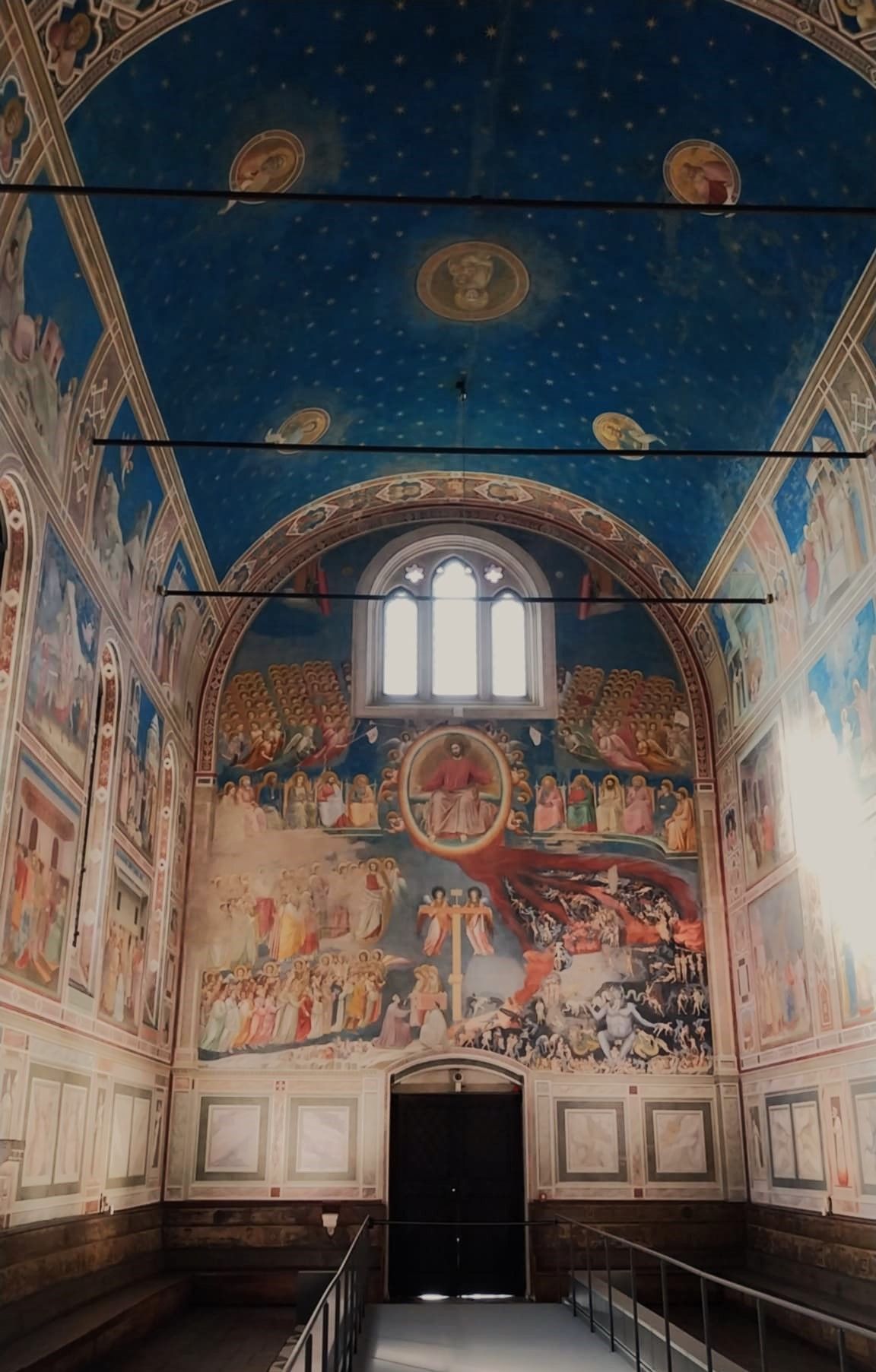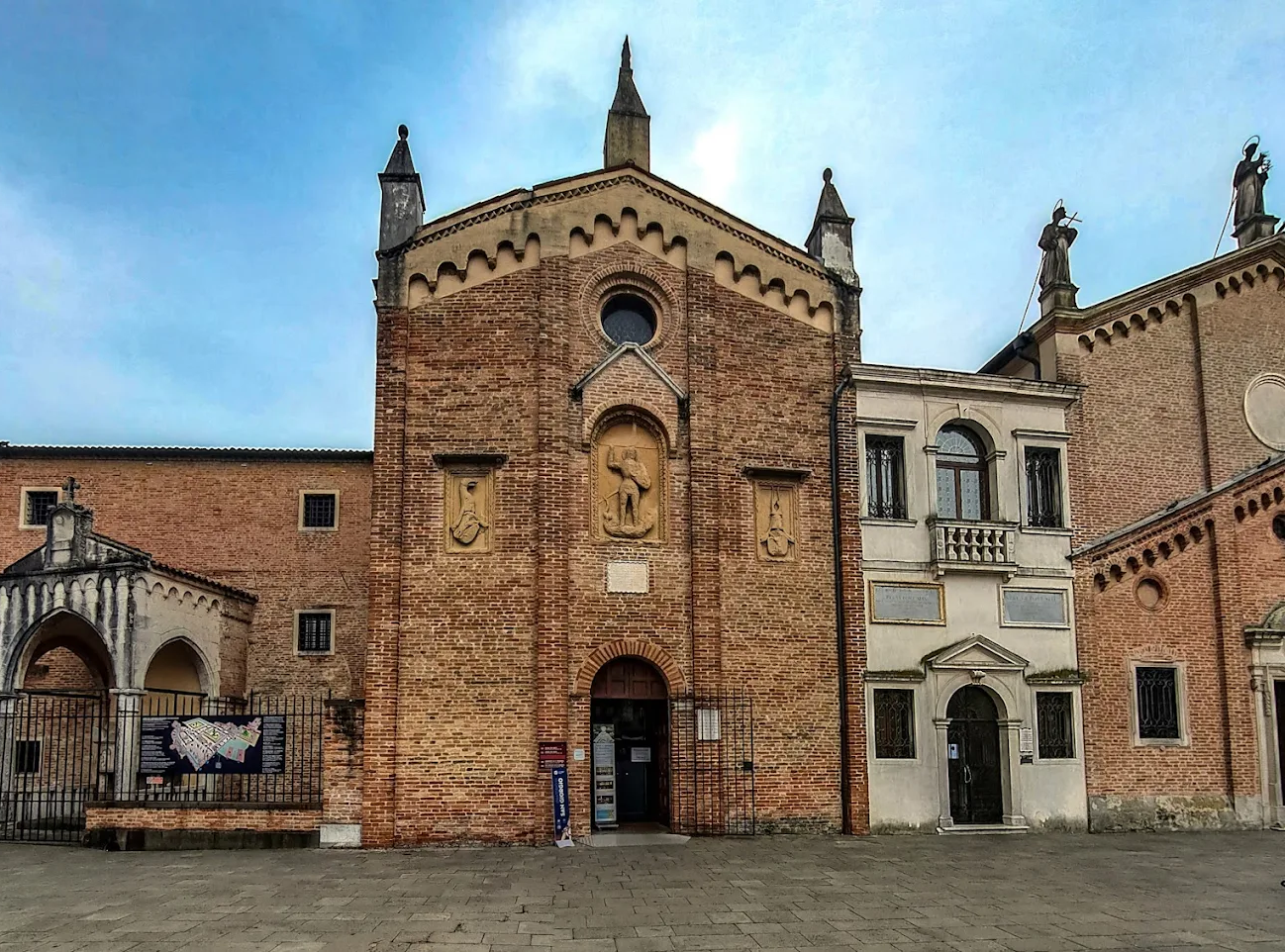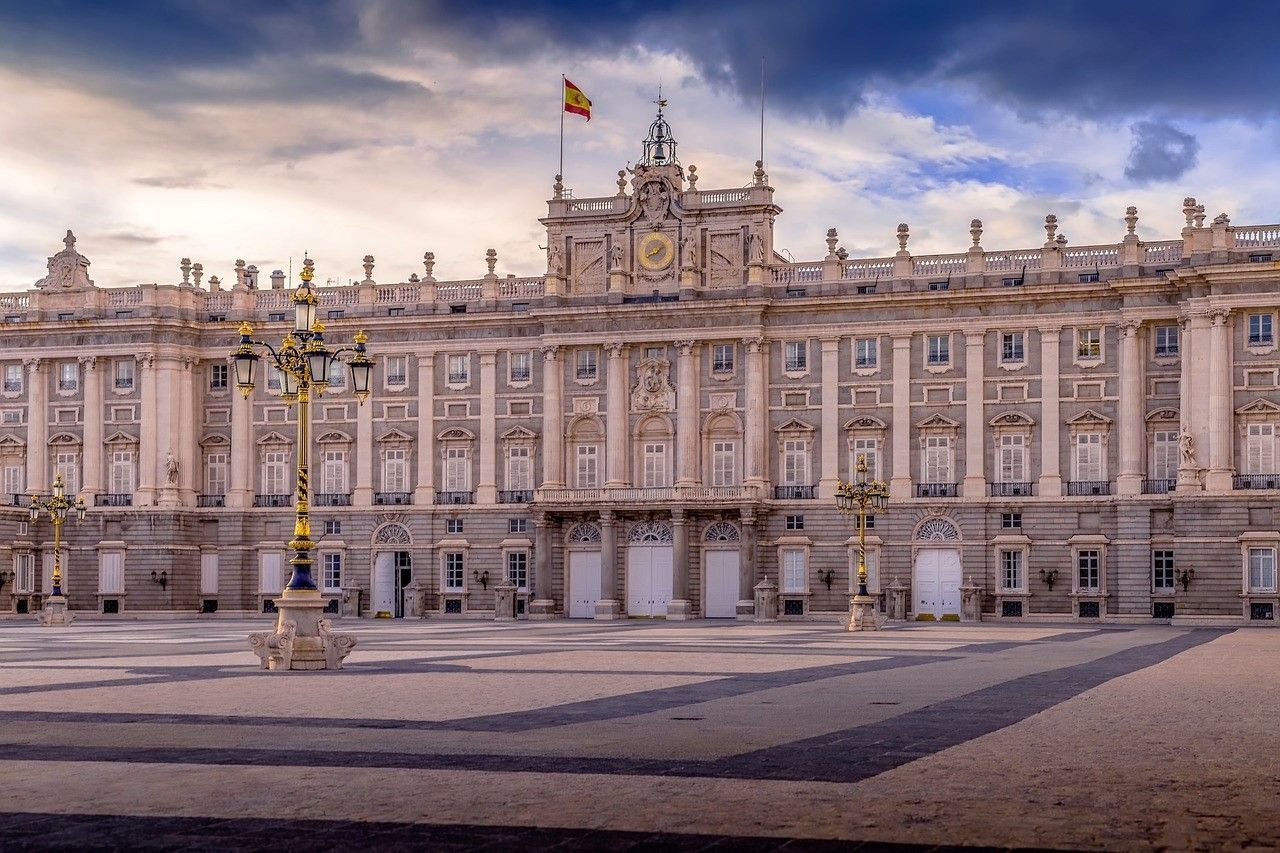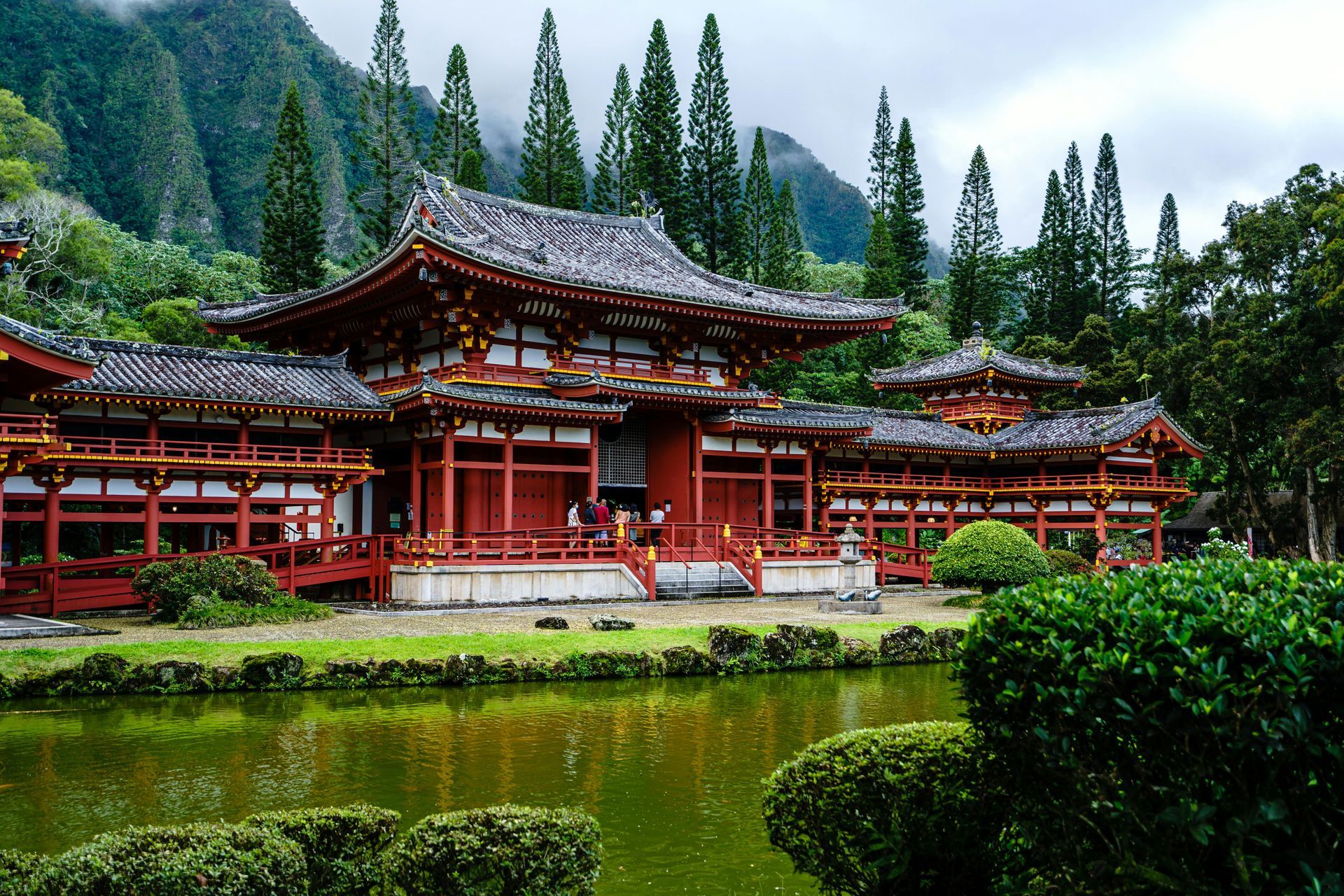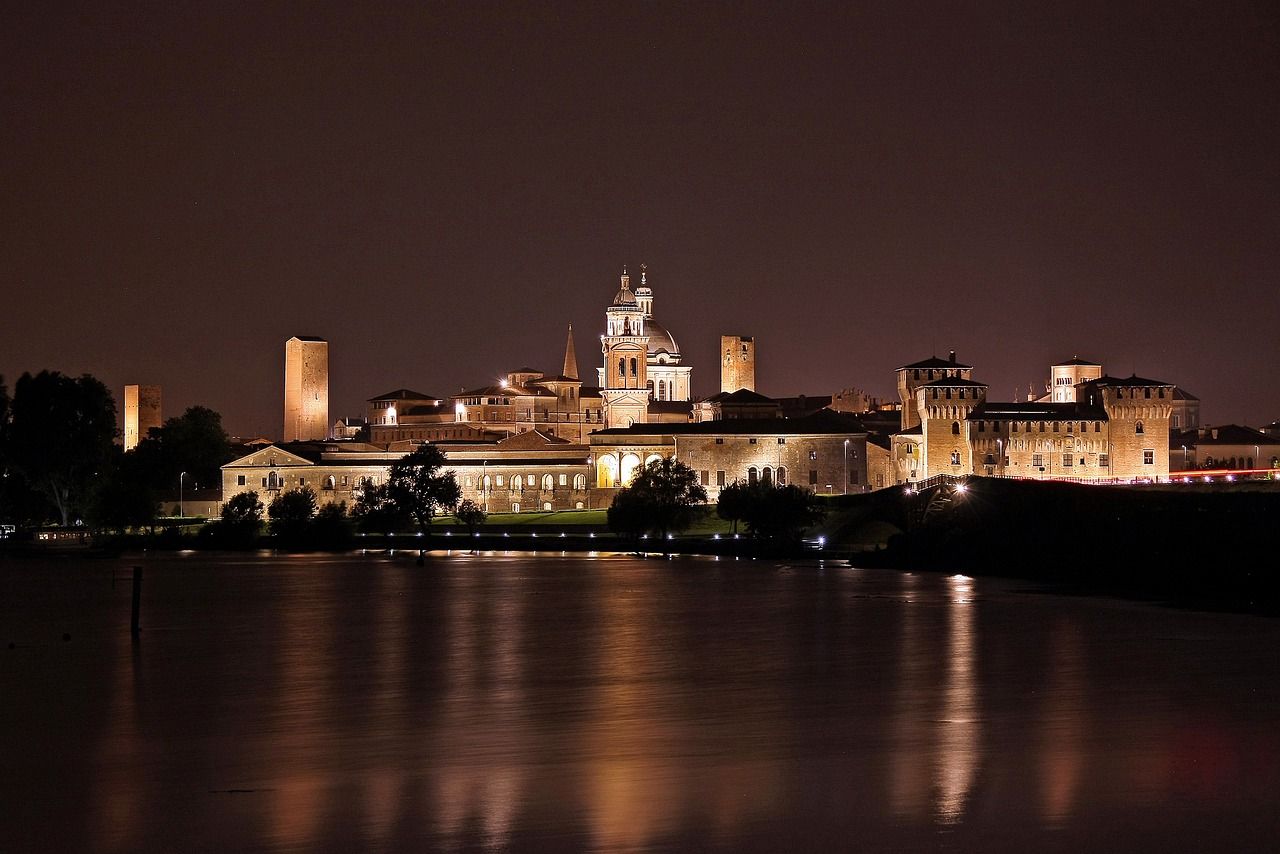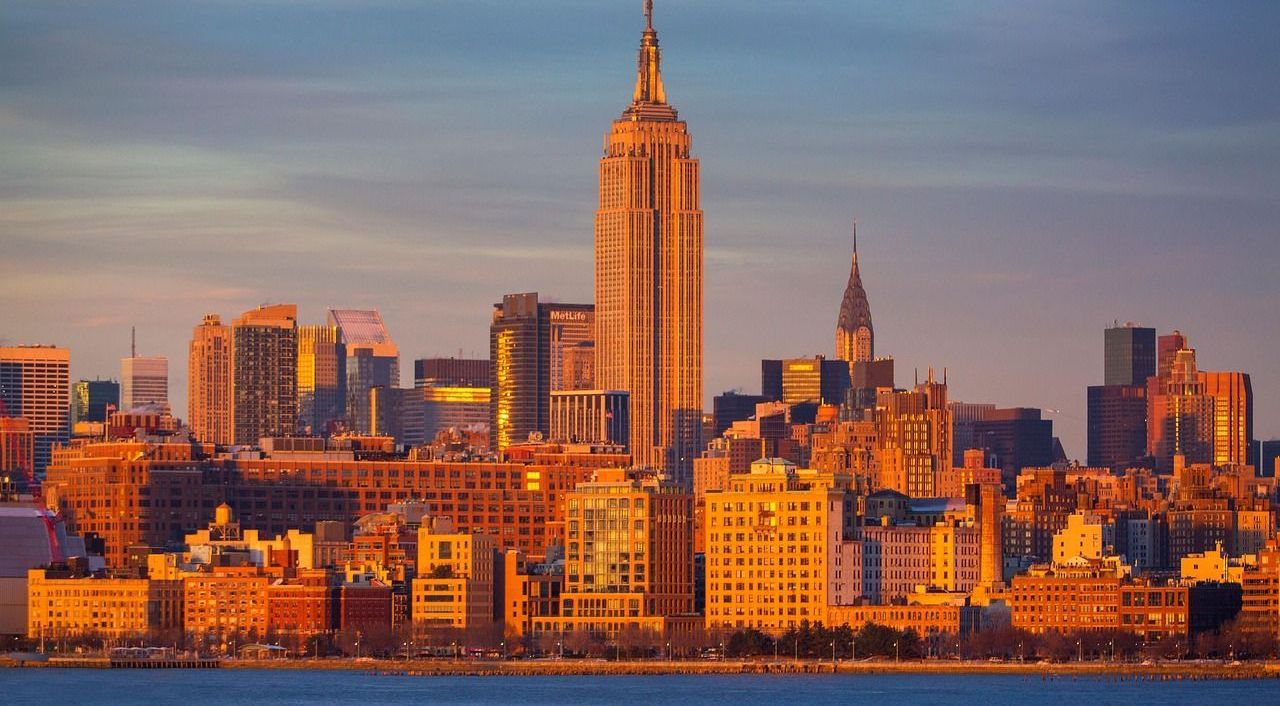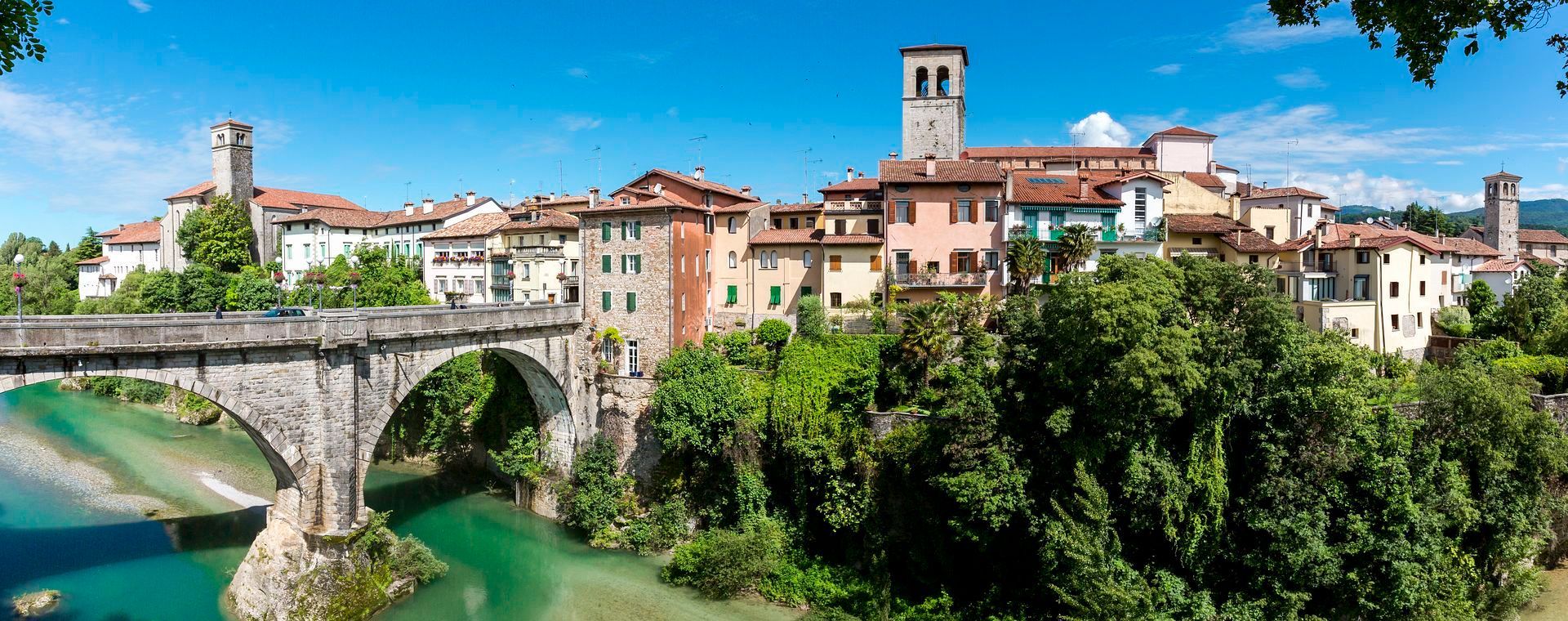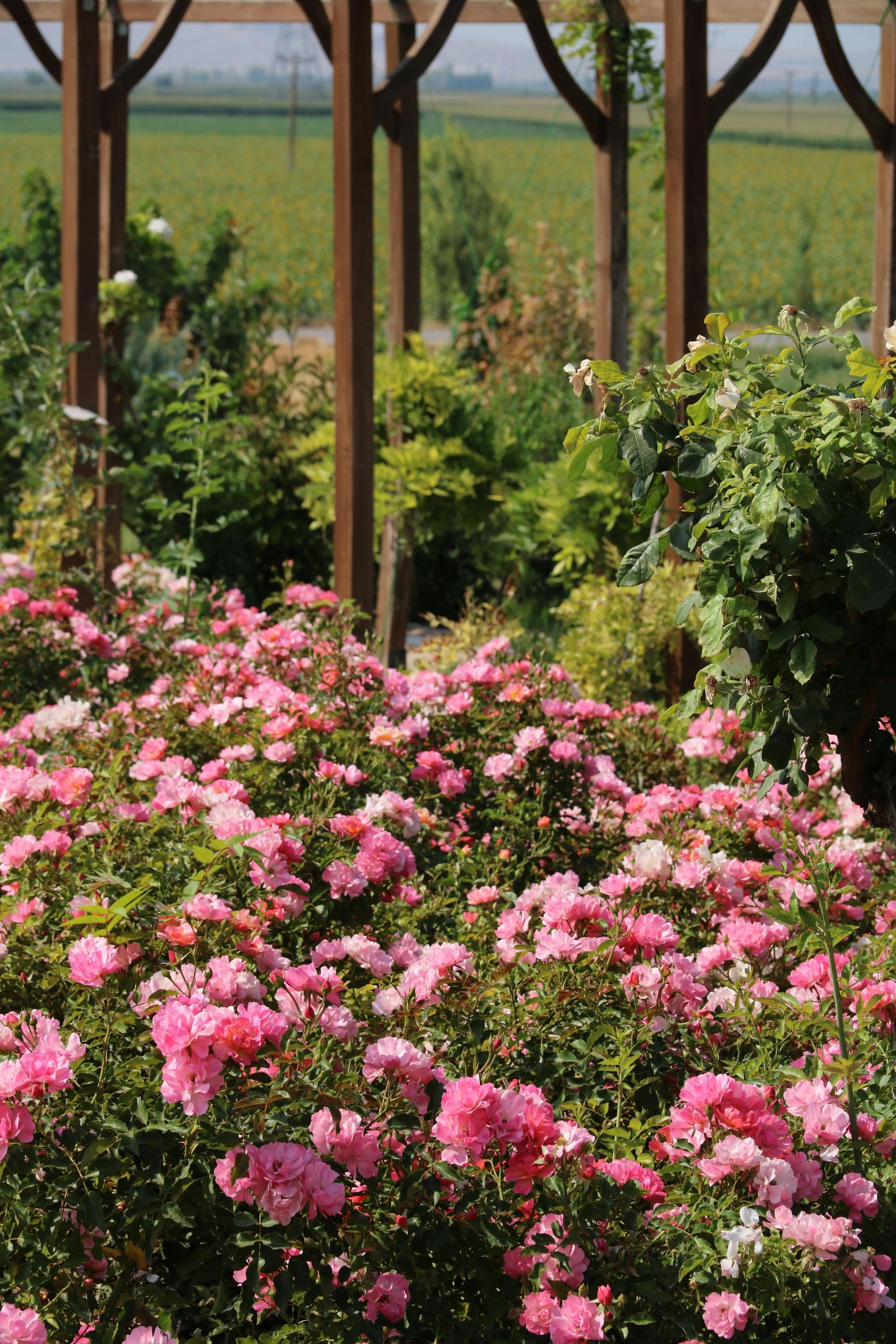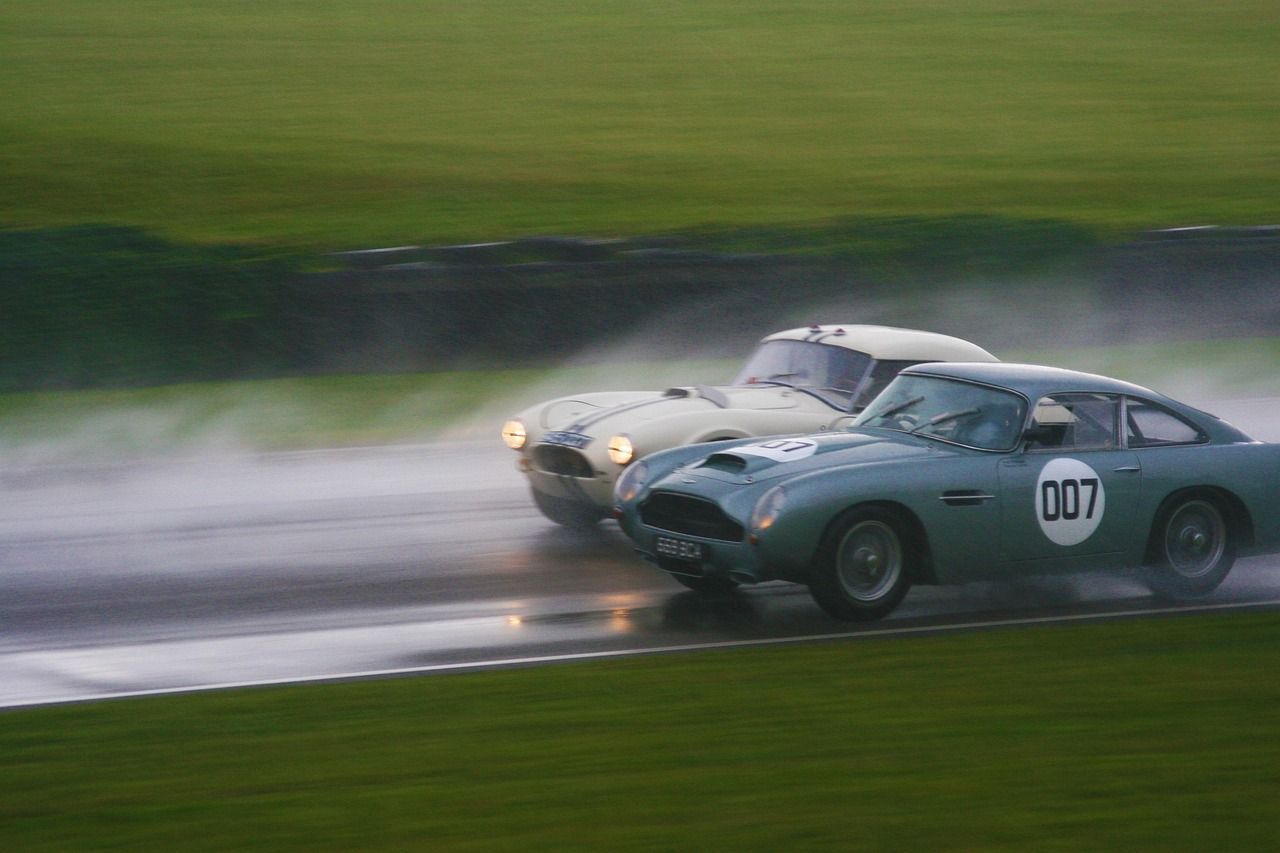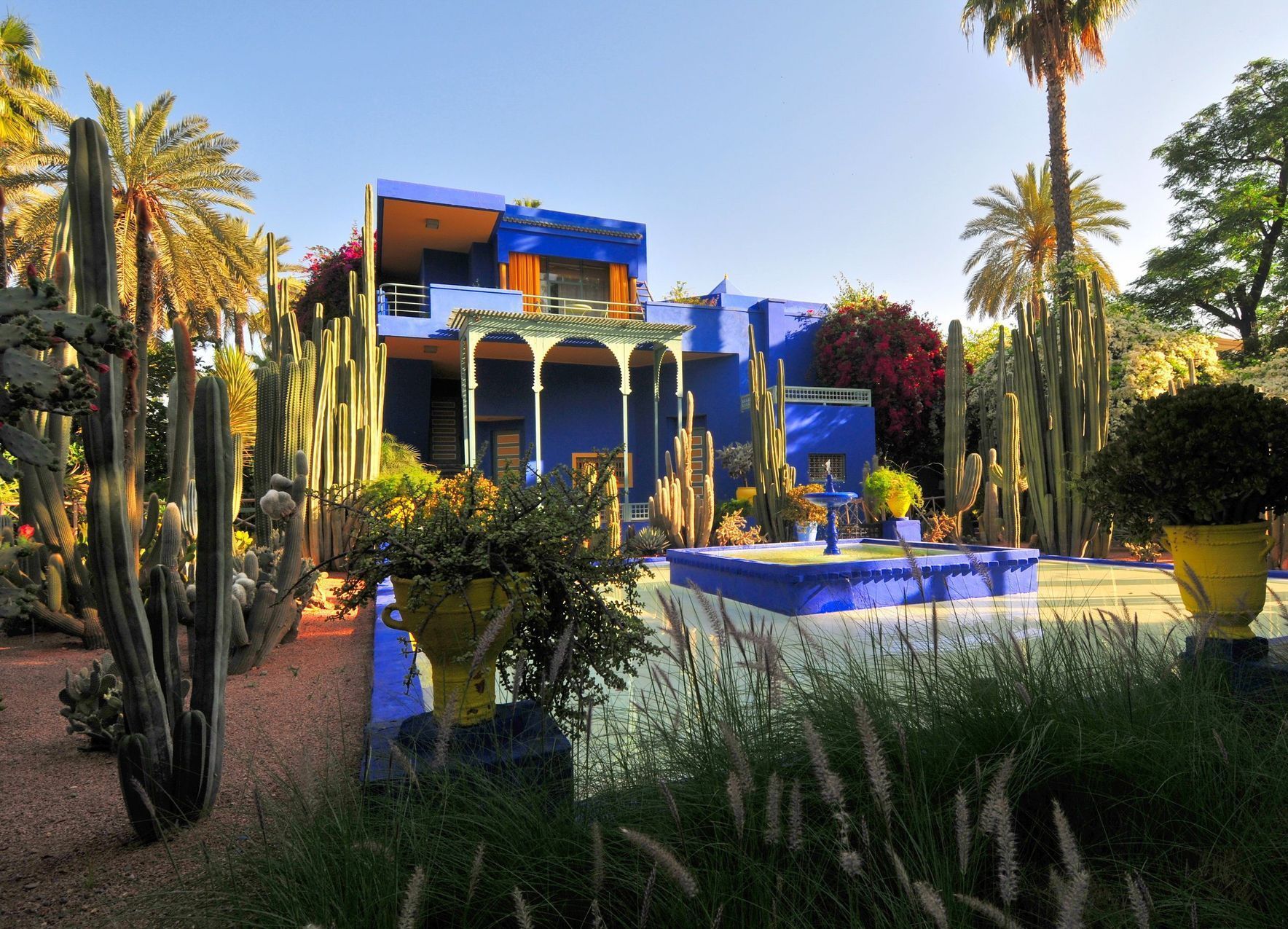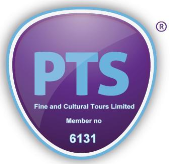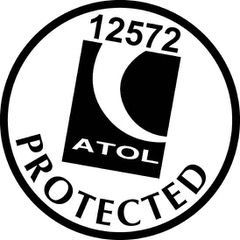PADUA City of learning and light | SELLING FAST!
4 days | £2150 per person with flights | 1 - 4 September 2026
City of learning and light
One of Northern Italy’s oldest cities, Padua owes its origins to the Trojan prince Antenor, who is said to have led the people of Eneti from Paphlagonia, in the north of modern-day Turkey, to Italy, where the city was founded in the late 12th century BC. Some periods of strife ensued but by 1222, the city was stable enough to establish a university, which upholds its status as one of the oldest academic institutions in Europe to this day. Classical roots and learning bought fame far superior to that of the mercantile upstart of Venice – at least according to many Renaissance Paduans. The long list of luminaries in the city span the arts and sciences, from Dante and Petrarch to Giotto, Palladio and Galileo, who described his time in the city as ‘the best years of my entire life’ in a letter to a friend.
Governed by the Carrara family from 1318 to 1405, it was under the leadership of Francesco il Vecchio, who ruled from 1354-1388, that Padua enjoyed its most bounteous artistic flourishing. During the reign of il Vecchio and his wife, Fina Buzzaccarini, the da Carrara court was a hotbed of artistic and intellectual fervour, radiating an influence that spilled beyond Northern Italy to the most prominent courts of Northern Europe. Padua eventually submitted to the indomitable power of the Venetian Republic at the beginning of the 15th century, mostly remaining under its sway until the fall of the republic in 1797. Despite this enmeshed past, Padua remains distinct from its most starry neighbour, offering a vibrant atmosphere that is perhaps more authentically Italian today. Mediaeval marketplaces bump up against fascist facades and renaissance splendour, whilst the streets hum with the lively atmosphere of a hip student population. Join Clare Ford-Wille on this new Art Pursuits tour, where our intellectual focus will be the treasures of Padua’s mediaeval and renaissance past but our senses are sure to be equally captivated by the vibrant bustle of the contemporary city.
Day to day Itinerary
Day 1
Fly from London to Venice. Coach transfer to our hotel in Padua before setting out on foot for the Piazza Eremitani, where there will be some free time to find refreshments before we gather at the Church of the Eremitani for an introductory talk and visit. A blend of mediaeval and Renaissance styles, the church was established in 1264 by the Hermits of Saint Augustine. Despite sustaining significant damage during World War II, the interior has been meticulously restored and retains its original grandeur. Notable treasures include a series of frescoes by Andrea Mantegna, which showcase his early mastery. Return to our hotel for some free time before enjoying an evening meal together.
Day 2
Our first visit this morning will take us to the jewel in Padua’s crown, the Scrovegni Chapel, home to Giotto’s unparalleled fresco cycle. Painted in the early 1300s, the cycle of 39 remarkably well-preserved frescoes are considered a pivotal milestone in the development of Western painting. Nearby, the Eremitani Museum presents artefacts from Padua’s Roman and pre-Roman history, as well as works by Bellini, Giorgione, Tintoretto and Veronese. Some free time for lunch will be followed by a visit to the majestic pilgrimage church of Sant’ Antonio, an enormous complex which includes the Oratorio San Giorgio and the Scuola del Santo in which we will explore works by Altichiero, Donatello, Mantegna and Titian. The evening is free for your own activities.
Day 3
Travel by coach to Pomposa, in the Po Delta, where a 48-meter mediaeval bell tower rising from the plains signals one of the most important abbeys of Northern Italy. The architecture that stands today represents just a small part of a monastery that was extremely large and prosperous during the Middle Ages, an esteemed cultural environment that hosted princes, noblemen and pilgrims as they journeyed along the via Romea, from Venice and northern Europe to Rome. After included lunch near the Abbey, continue to Rovigo to the Palazzo Roverella, a Renaissance palace renowned for its elegant architecture and richly decorated interiors. After a walk around the town, return by coach to Padua where we will share an evening meal together.
Day 4
Walk to Basilica Santa Giustina, dedicated to one of Padua’s four patron saints, which sits on the southern edge of the city’s historical centre. Initially built in the 6th century, the enormous basilica that stands today is a 16th-century rebuild and is among the largest Christian churches in the world. Treasures housed within include Paolo Veronese’s altarpiece, depicting the Martyrdom of Santa Giustina and the reputed mortal remains of St Luke the Evangelist. Walk back to Palazzo della Ragione, the city’s town hall and palace of justice dating from 1218. The Great Hall on the upper floor, believed to be one of the largest mediaeval halls in existence, was dedicated to town and justice administration until 1797, whilst the ground floor is still host to the city’s historical covered market. The four walls of the Great Hall are frescoed by Nicolò Miretto, who was engaged in this decorative project after a fire in 1420 destroyed an earlier set of frescos by Giotto’s workshop. Miretto’s frescoes are notable not only for their abundance, some 300 scenes line the walls, but for their subject matter, which is one of the only mediaeval astrological frescoes to have survived anywhere in the world. After our visit, enjoy some free time for a final lunch in the city before returning by coach to Venice airport for our return flight to London.
Hotel Toscanelli
This boutique hotel is located in the heart of Padua’s historic centre, housed in a 16th-century building, it offers classical beauty and comfort for guests exploring the city. Just a short stroll away, guests will find iconic squares like Piazza delle Erbe and Piazza dei Signori, both of which offer an array of local Italian dining spots.
With Flights: £2150
Join Direct: £2000
Single Supp: £160
Deposit: £450
Departure Dates:
1 - 4 September 2026
Duration:
3 nights / 4 days
Your Holiday Includes:
- Return flights (Economy class) from London to Venice
- Three nights’ bed and breakfast at the Hotel Toscanelli
- Private coach transfers and excursions
- Two evening meals and one lunch
- Guided visits to the sites and monuments listed in the programme
- Services of the tour lecturer and a tour manager
- Detailed programme and study notes
- All entrance fees, taxes, and gratuities for coach drivers and serving staff
Tour Lecturers
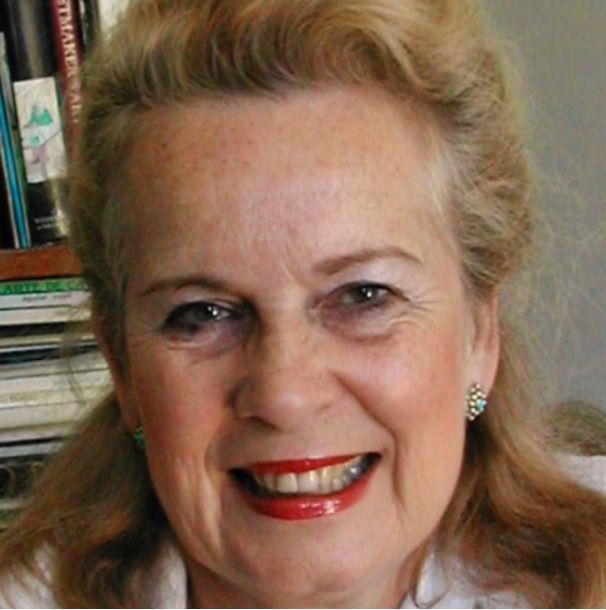
Clare Ford-Wille
Clare Ford-Wille is an independent art historian. She has led study tours to Europe and the USA. Clare has lectured on European art, architecture and sculpture for more than thirty years, primarily for the University of London, the National Gallery, the V&A, Morley College and the Arts Society. She has also contributed to several academic guides.
Travel Information
The price does not include extras at the hotels or travel insurance.
Please note that Art Pursuits use hotels of character featuring a variety of rooms & styles.
Stamina
Please note that most of our tours involve a large amount of walking, across uneven ground and often without the opportunity to sit down for at least half an hour. We ask that clients inform us if they have difficulties before booking to avoid any issues whilst on tour.
